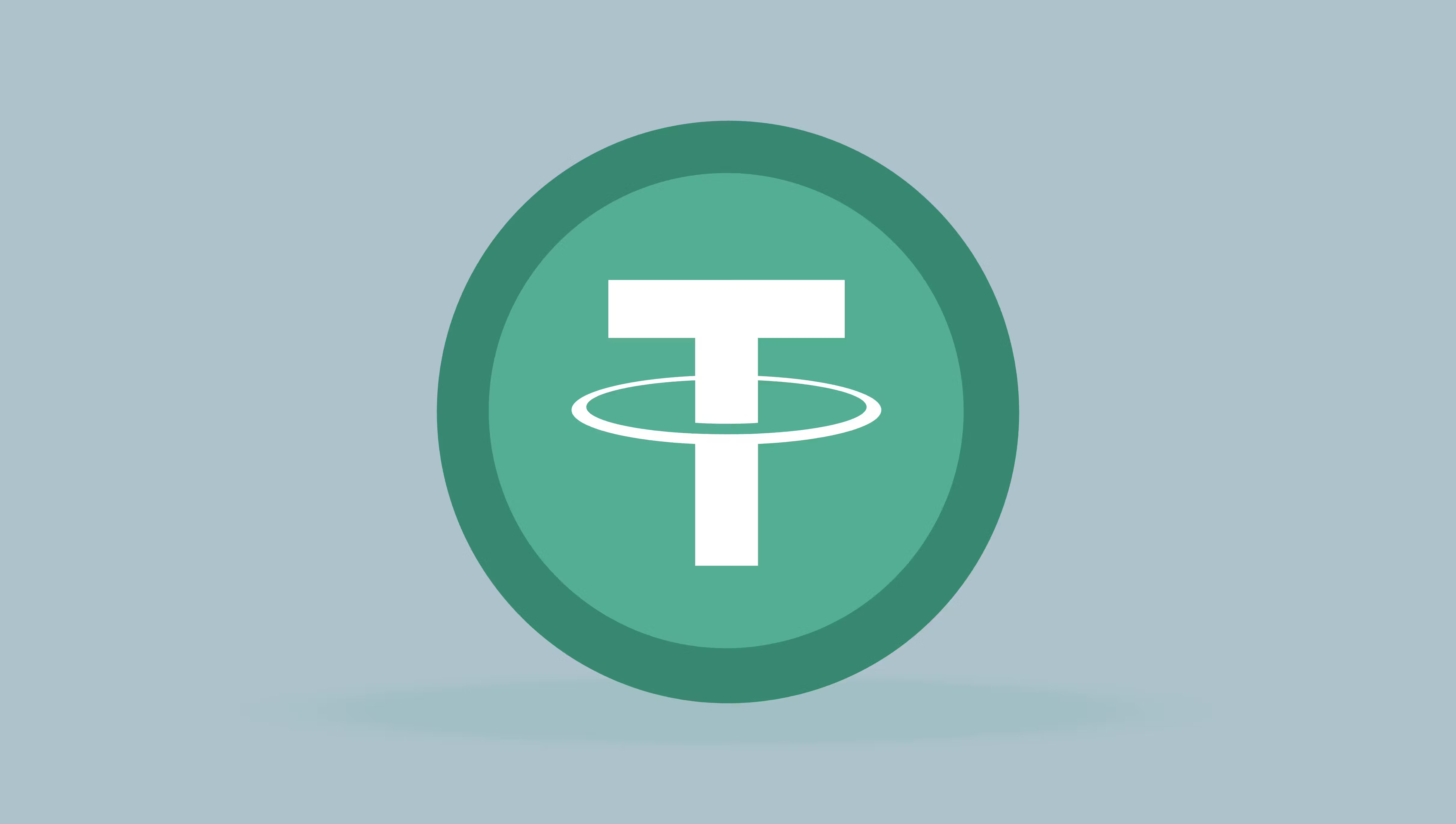Amid the dynamic shifts in the cryptocurrency landscape, Tether, a leading name in the stablecoin segment, has announced a significant strategic change. As the entity behind USDT, the world’s largest stablecoin by market capitalization, Tether is poised to reduce its reliance on outdated blockchain networks, redirecting its focus towards more innovative and scalable blockchain solutions. This transition marks a pivotal moment as Tether adapts to evolving market demands and seeks to reinforce its dominance in the digital currency realm.
Tether’s Strategic Shift: Phasing Out USDT Support on Legacy Blockchains
Realignment with Emerging Blockchain Ecosystems
In a strategic move announced on July 11, Tether is set to discontinue USDT support on several legacy blockchains, including Omni Layer, Bitcoin Cash SLP, Kusama, EOS, and Algorand. Operating out of the British Virgin Islands, Tether emphasizes that this decision stemmed from a rigorous evaluation of user preferences, market trends, and comprehensive feedback from key stakeholders. This realignment with emerging, high-potential blockchain ecosystems is designed to align with Tether’s long-term vision of scalability and increased user engagement.
Paolo Adoino, Tether’s CEO, highlighted the company’s roadmap, saying, “As the digital asset ecosystem evolves, Tether remains committed to adapting alongside it. Sunsetting support for these legacy chains allows us to focus on platforms that offer greater scalability, developer activity, and community engagement — all key components for driving the next wave of stablecoin adoption.”
The Historical Context of Omni Layer
The Omni Layer holds a special place in Tether’s history, being the protocol that initially deployed USDT in 2014. However, the network’s diminishing utilization has resulted in a strategic pivot towards more active and efficient blockchains like Ethereum and Tron. These platforms are favored due to their robust infrastructures and extensive developer communities. Additionally, Tether’s evolving support for Layer 2 solutions, such as the Lightning Network, further underscores its commitment to enhancing transaction efficiency and reducing costs.
Implications for USDT Holders
Tether has advised its users to redeem USDT on the Omni Layer, Algorand, and other affected blockchains by the deadline of September 1. Alternatively, users can transfer their holdings to supported blockchains via available service providers, ensuring a smooth transition to these advanced ecosystems.
USDT Market Cap Reaches New Heights
Coinciding with this strategic pivot, USDT has experienced a surge in its market capitalization, reaching a record $159.1 billion. This growth, observed at the onset of Q3 2025, marks a $1.51 billion increase, further solidifying USDT’s position as the leading stablecoin and the third largest cryptocurrency globally. In the race for market capitalization, Circle’s USDC follows closely, noting an 81.42% surge in adoption and elevating its market cap to $63.51 billion.
How significant is Tether’s decision to discontinue support for legacy blockchains?
This decision is pivotal as it reflects Tether’s adaptability to industry shifts and its focus on promoting scalable blockchain platforms. By reallocating resources to more active ecosystems, Tether aims to enhance its operational efficiency and cater to the growing demands of the digital asset market.
What impact does Tether’s strategy have on the broader stablecoin market?
Tether’s move could influence the broader stablecoin market by setting a precedent for focusing on scalable and efficient blockchain solutions. This strategy might lead other stablecoin issuers to review their blockchain affiliations and seek partnerships that enhance operational efficacy and engagement.
What should current USDT holders do in light of these changes?
Current USDT holders on affected blockchains should act by redeeming their tokens before the September 1 deadline or transferring them to supported blockchains. This ensures the continued usability and security of their holdings during the transition phase.
This comprehensive guide delves into Tether’s strategic adaptation to the evolving digital currency landscape, highlighting its past achievements and future directions. The FAQs provide further clarity and assist readers in making informed decisions about their USDT holdings and investment strategies in the crypto space.

